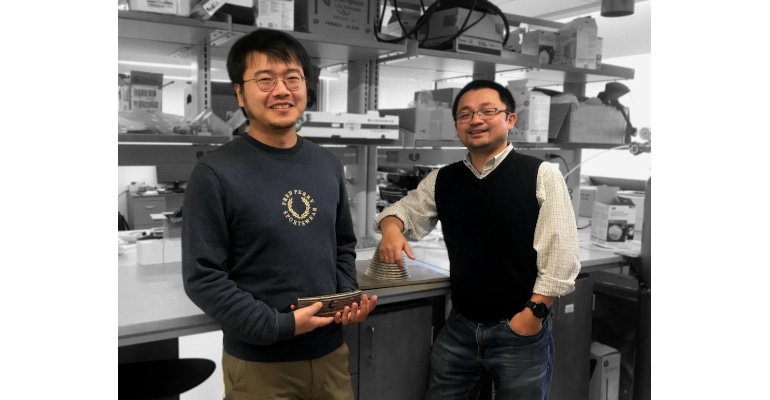Researchers at University of Pittsburgh Swanson School of Engineering find that alloys can be made stronger and more flexible by intentionally introducing defects in the materials.
November 11, 2022

Defects and structural instabilities can sometimes occur when alloys are produced from multiple materials. Researchers at the University of Pittsburgh Swanson School of Engineering are figuring out how to use these flaws to make the material stronger yet retain its flexibility by designing metastable alloys.
In a study published in Science Advances, researchers looked at two mechanisms for metastability engineering that can be used to create strong, ductile alloys—transformation-induced plasticity (TRIP) and twinning-induced plasticity (TWIP). Both processes use changes in the microstructure that occur under pressure, which cause some defects in the material to form purposeful defects that improve the strength.
The calculation of phase diagrams (CALPHAD) modeling method supported by density functional theory calculations by the team yielded fundamental knowledge that can be applied to developing metastable alloys with TRIP/TWIP for enhanced strength-ductility synergy, the researchers said. It also can be applied to concentrated alloys, like steel and nickel.
“We want to understand the unstable microstructure so we can predict the instability, and then we can use the defects to further increase strength and elongation,” explained with Xin Wang, PhD candidate in the Physical Metallurgy and Materials Design Laboratory, in a post in Pitt's newsroom. “The resulting material is then self-strengthening—deform it, and it actually gets stronger."
Added Wei Xiong, assistant professor of mechanical engineering and materials science: “You can think of the strength and ductility of a material like plastic versus glass. Plastic is much more ductile and flexible: it is not as strong, but you can bend it with your hands. Glass is stronger than plastic, but it’s also much less flexible and will break if you try to bend it. This is the trade-off that we are trying to overcome with alloys—something that has both strength and ductility.”
Xiong, who is also William Kepler Whiteford Faculty Fellow, added that his team’s work shows how intentional flaws can be included in an alloy to make it stronger, while retaining its flexibility. Xiong’s Physical Metallurgy and Materials Design Laboratory led the study and worked with Wang as well as researchers at the Illinois Institute of Technology and Northwestern University.
The techniques the lab is developing can be used to make materials used in applications where a strong but flexible material is crucial, such as in earthquake construction, naval ships, aerospace, nuclear energy, or transportation for oil or hydrogen.
About the Author(s)
You May Also Like



